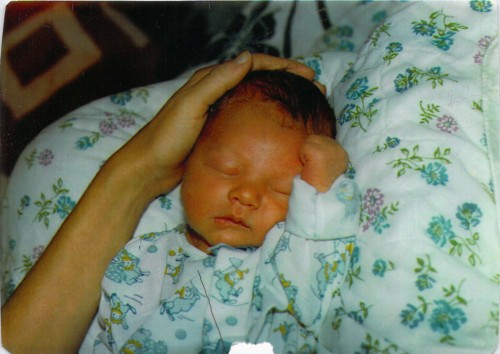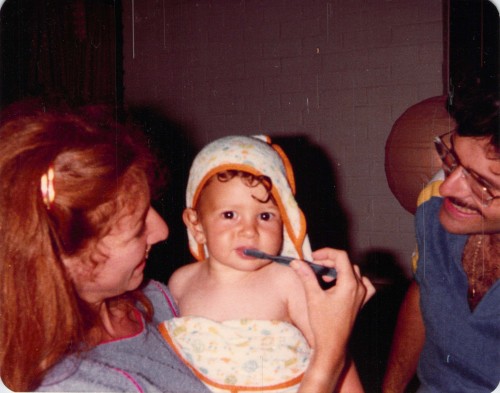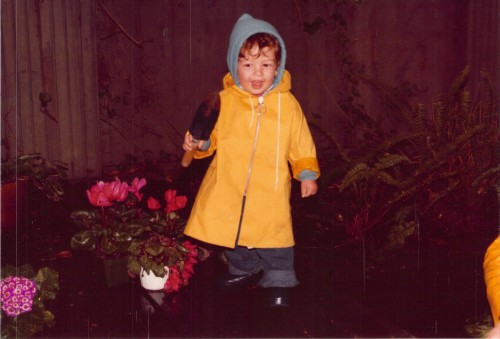Back in the summer of 2015, after eight years of marriage, I found myself suddenly and unexpectedly single. Friends and family argued it was for the best, but it still felt like a gut punch. So I wallowed for a few months. And then, I got up, shook myself off, and decided to head out on some dates.
The last time I had been single, online dating was still very much in its infancy. But by 2015, there were more dating sites than I could count. Over the years, however, I had always loved OK Trends, the great data science / dating psychology blog penned by the founders of OK Cupid. So, that seeming as good a choice as any, I signed up.
Like other dating sites, OK Cupid allowed users to post pictures, profiles, and personal specifics (age, location, etc.). But, uniquely, it also presented a huge battery of multiple choice questions. The queries (like “how often do you make your bed?” or “in a certain light, wouldn’t nuclear war be exciting?”) ran the gamut of relationship-relevant topics, from values and lifestyle, to spirituality and sex. To sign up for the site, you needed to answer a first 25 or so questions. Then, as you browsed the site, you could see the full list of questions that any other user had answered. But – and here was the brilliant stroke – if you wanted to see how someone had *answered* any of those questions, you needed to answer (or have already answered) the same question yourself. Pretty quickly, just by browsing through others’ profiles, most users amassed hundreds of answers.
For each question, OKC also asked which responses you’d accept from a partner, and how important the question was to you in choosing a partner. From which information the site could use a Bayesian algorithm, and kick out a ‘match score’ between any two users. In my experience, the algorithm was impressively spot-on. Anyone with whom I matched at 80% or up would make for a totally pleasant date; above 90%, and it seemed like there might be relationship potential.
So I was particularly intrigued to discover a very cute redhead with whom I was a ‘perfect’ 99% match (the site’s highest possible score).
I spent far too much time crafting an effortlessly casual first message to her. And, miraculously (even more so once I eventually saw the daily deluge of messages she received, and to how few of those she responded), she quickly wrote back. After a couple of email exchanges, we set a date for the next week: drinks at a wine bar in the West Village.
I have to admit, I had a crush on her before we even met live – enough so that I spent much of the week nervous that she would cancel. But, she showed up. Even prettier in person, she also turned out to be funny, articulate, smart, and well-read. She had recently moved to NYC after finishing a masters degree in classical vocal performance, so we overlapped on a love of music, and of art of all kinds. But she was also sporty and outdoorsy, read existentialist philosophy for fun, was a foodie and a dog-lover, dreamed of both adventurous international travel and weekend afternoons on NYC beaches just a subway ride away. She kept up with my drinking, and my mile-a-minute talking style, matching both in spades. I was pretty much smitten right away.
On our third or fourth date, we headed to a rock concert at Bowery Ballroom, stopping for dinner before at Freeman’s, a great semi-secret restaurant nearby. According to her OKC profile, she was “mostly vegetarian,” so I started suggesting veggie-based dishes that we might share. What looked good to her? “The filet mignon.” But didn’t her profile say she was a vegetarian? “Well,” she smiled, “it does say mostly.”
After a month or two, we were spending more and more time together. One evening, sitting together on the couch, I tried to ask, basically, if she would be my girlfriend. Except I liked her so much that my brain sort of melted down in the process, and I became a completely inarticulate, babbling moron. I’m pretty sure she had absolutely no idea what I was asking, but she stuck around nonetheless. We started seeing each other even more frequently. We headed off to Atlantic City for a long weekend; though the city was terrible (as my brother accurately describes it, “Vegas in a trash can”), we had a truly excellent time together, and I was sad to drop her off at her own apartment at the end, even after dozens and dozens of hours straight in each other’s company. For Valentine’s day, based on her long-standing love of Eternal Sunshine of the Spotless Mind, we headed to Montauk. She found a Clementine-colored hoodie, and, true to the film, even managed to get a mug custom-printed with her photo as a Valentine’s gift.
We started knocking off hikes and climbs of the tallest peaks within driving / training distance of NYC. We ate our way around NYC, dining in holes-in-the-wall (hole-in-the-walls?) and fine establishments (like a birthday dinner at Contra; along with the truly excellent wine flight, perhaps the finest meal of my life). We ran the Hudson River trail, cooked brunch, went to jazz shows and art museums, got lost in the stacks of the Strand (like any bookstore, a dangerous place to bring her, as she invariably refuses to leave).
Somewhere along the way, she apparently agreed to my inarticulate ‘let’s go steady’ request, as we moved in together. My brother (who loves her, as does my whole family), still calls her Jess 99 at times, in honor of that original 99% OK Cupid score. And, indeed, she’s as perfect a match for me as I could ever hope to find. Smart, funny, literate, thoughtful, beautiful, articulate, kind.
As of today (or maybe yesterday? it’s a matter of some record-keeping dispute), Jess and I are now two years in, and going strong. I am, in short, exceedingly in love, and unbelievably lucky to have found her. Further special thanks go to the fine folks at OKC for the assist; without a doubt, she remains the best online shopping I’ve ever done.



